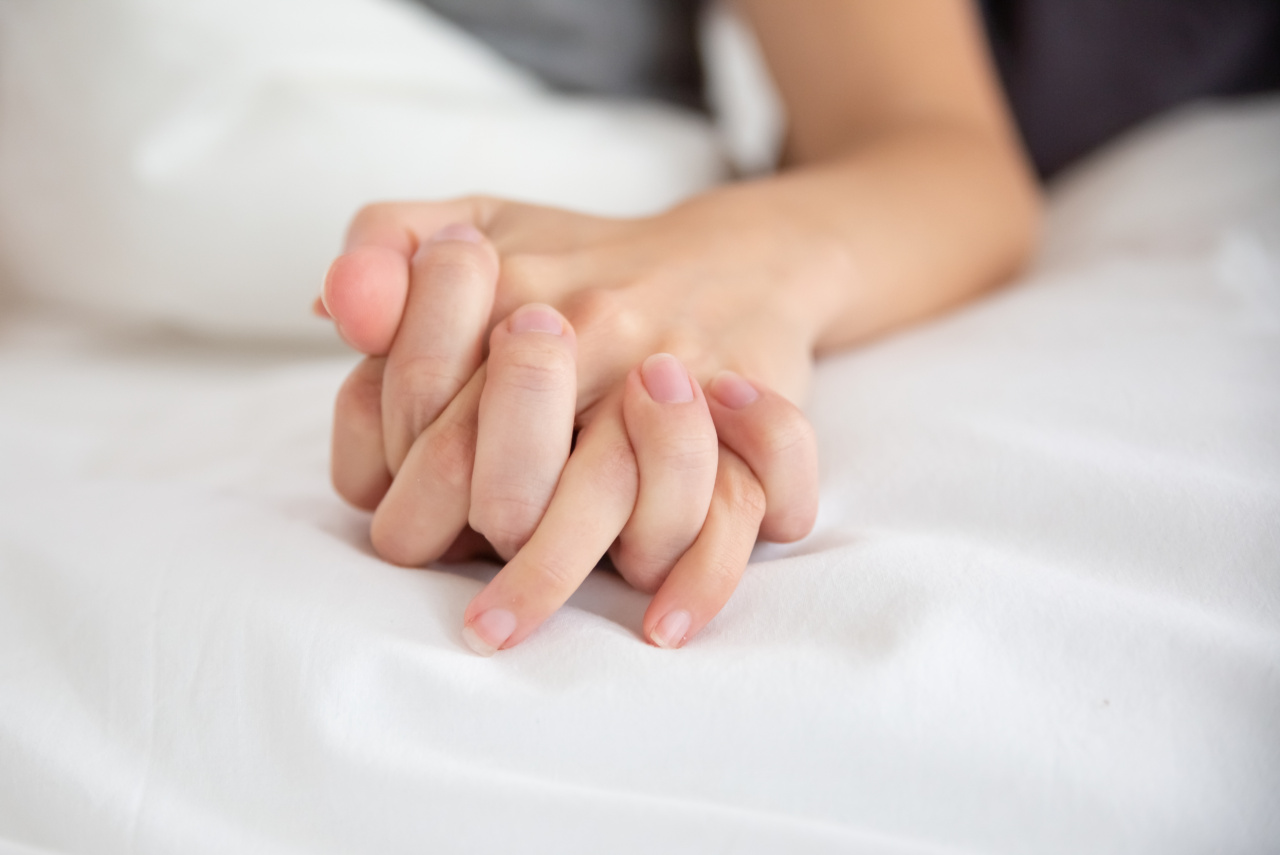Sleep apnea is a common sleep disorder where a person’s breathing repeatedly stops and starts while sleeping. This can interrupt sleep and lead to other health problems such as daytime fatigue, obesity, and depression.
Fortunately, there are several things you can do at home to treat sleep apnea. In this article, we will explore some of the most effective techniques for curing sleep apnea naturally.
1. Lose Weight
Obesity is a major risk factor for sleep apnea. Excess weight can put pressure on your airway, which can cause it to collapse or become narrowed, leading to snoring and sleep apnea.
Losing even a small amount of weight can make a big difference in reducing sleep apnea symptoms.
2. Exercise Regularly
Exercise can help you lose weight and improve your overall health, but it can also help improve your sleep apnea symptoms. Regular exercise can help strengthen your respiratory muscles, making it easier for you to breathe while sleeping.
Additionally, exercise has been shown to improve sleep quality, which can reduce daytime fatigue and improve overall quality of life.
3. Avoid Alcohol and Sedatives
Alcohol and sedatives can relax the muscles in your throat and make it more difficult for you to breathe while sleeping. If you suffer from sleep apnea, it’s best to avoid alcohol and sedatives altogether.
If you do drink alcohol, limit your consumption and avoid drinking within a few hours of bedtime.
4. Sleep on Your Side
Sleeping on your back can make sleep apnea symptoms worse, as it can cause your tongue and soft palate to collapse and obstruct your airway. Instead, try sleeping on your side.
This can help keep your airway open and reduce snoring and sleep apnea symptoms.
5. Keep Your Nasal Passages Open
Blocked nasal passages can make it difficult to breathe while sleeping, which can worsen sleep apnea symptoms. Keep your nasal passages open by using a saline nasal spray, nasal dilators, or a humidifier.
These can help reduce congestion and make it easier for you to breathe while sleeping.
6. Maintain a Regular Sleep Schedule
Going to bed and waking up at the same time every day can help regulate your sleep cycle and improve sleep quality.
People with sleep apnea often experience disrupted sleep, so maintaining a regular sleep schedule can help reduce daytime fatigue and improve overall quality of life.
7. Elevate Your Head While Sleeping
Elevating your head while sleeping can help reduce snoring and sleep apnea symptoms. Use a pillow or wedge to elevate your head and keep your airway open while sleeping.
Avoid using multiple pillows, as this can bend your neck and put pressure on your airway.
8. Try Oral Appliance Therapy
Oral appliance therapy involves wearing a custom-fitted device in your mouth while sleeping. This device helps reposition your jaw and tongue to keep your airway open and reduce sleep apnea symptoms.
Oral appliance therapy may be recommended if other treatments have been unsuccessful, or if you cannot tolerate continuous positive airway pressure (CPAP) therapy.
9. Practice Deep Breathing Exercises
Deep breathing exercises can help strengthen your respiratory muscles and reduce sleep apnea symptoms.
To practice deep breathing, inhale deeply through your nose for several seconds, hold your breath for a few seconds, and then exhale slowly through your mouth. Repeat this exercise several times a day.
10. Quit Smoking
Smoking can irritate your airway, causing inflammation and narrowing of the air passages. This can worsen sleep apnea symptoms and make it more difficult for you to breathe while sleeping.
Quitting smoking can help reduce inflammation and improve your overall health, as well as reduce sleep apnea symptoms.




























